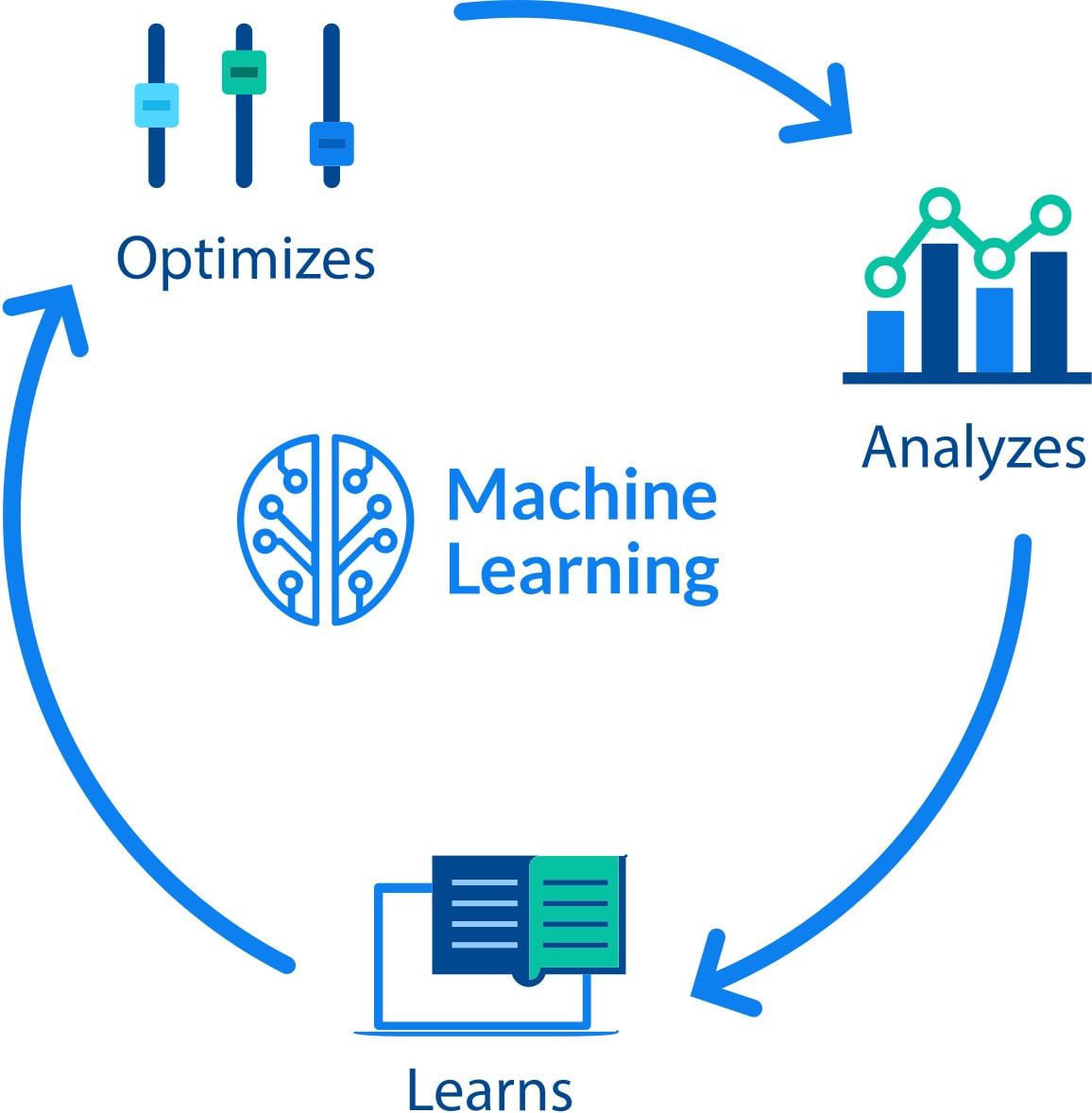Data is today’s currency, but what good is a currency if it is foreign to the country where you live? Or differently put, what good is data without its availability, interpretation, aggregation, and unification from multiple data sources to support decision-making processes?

Organizations with incomplete, inconsistent, or missing data links run a very high risk of delivering an unacceptable customer experience. Customer behavior, and expectations – it’s all constantly evolving in this age of data transformation.
Data unification from multiple sources to derive actionable insights is no easy task for every organization. Some organizations lack even a consistent flow of accurate product data to support it. But those that do have customer data, must be ready to adopt the right technology that can help them get the most out it.
In this blog, we discuss the role and importance of a unified index in enabling the personalization of search results, why it is required to facilitate purchasing decisions, and ultimately why it is the foundation for delivering modern experiences in B2B commerce that enable organizations to compete digitally.
Why Digital Product Catalogs and Search Functionality Aren’t Cutting It
Organizations ready to leapfrog their competitors are those who have overcome their data management challenges by aggregating the best possible body of product data. They understand the importance of enriching and improving data quality thinking of it as a form of differentiation and competitive advantage. Likely, they have implemented some sort of PIM technology. All things data are heralded by a newly crowned “data champion” internally.

At this stage, chances are high, that they are ready to deliver acceptable commerce experiences online by publishing digital catalogs and by implementing a strong onsite search function.
Increasingly though, these accomplishments are no longer cutting it and have rather become table stakes.
B2B buyers demand more!
Like in consumer buying, B2B buyers rely on data to make effective purchasing decisions. Yet how those decisions are made and what it takes to enable such decision-making in the organizational procurement process is vastly different from consumer buying scenarios
Why Do You Unify Data?
One answer is to support effective purchasing journeys for B2B buyers. But that’s just one and appreciating the complexity of B2B buying, for this example, we focus on two distinct types to illustrate how data unification is crucial in enabling both – use cases (journeys) and anything in between.
- “Product Findability Use Case” – is representative of all the various ways in which buyers intend to explore product information and ultimately find the exact products they are looking for with a high level of confidence and without help from customer support.
- “Replenishment Use Case” – is representative of the fact that B2B buyers know exactly which products they are looking to purchase.
Product Findability with A Unified Index
For effective decision-making, you require more than a list of results based on an inquiry. You want results with high relevancy. But what makes search experiences relevant in B2B buying?
There are many aspects to consider, but just to name one, relevant results in B2B buying are contextualized.
Not all products are available to all customers. Conversely, items may be restricted from being shipped to certain destinations.

Relevant results are those:
- Which likely need to be purchased again because they have been purchased in the past.
- That yield items that meet exact specifications based on a vast array of attribute data, facets, and data points often technical in nature (i.e., diameter, thickness, material, color, …).
- Which have since replaced discontinued items, items
- Which fit a certain piece of equipment, or it
- Which are related to other items, items that are required to complete a job such (i.e., construction of a residential patio).
In short, relevant items are those items that are related in complex ways.
A unified index is at the heart of such relevant experiences because:
- It improves the discoverability of different content from different sources,
- It allows the creation of ontologies and semantic understanding of the relationships between content,
- It can ingest different formats of content and extract information from documents (unstructured content) such as product specification sheets, warranty documents, manuals, CAD drawings, etc.
- It can ultimately determine relevancy by ranking content using predictive analytics based on a multi-dimensional model.

Product Replenishment With A Unified Index
Since customers already know what they are looking for, findability is not of importance here. Yet, when it comes to replenishment as a use case, the unified index is even more critical to enabling those types of experiences that will radically set organizations apart from their competitors. Those experiences are often powered by an ai-machine learning algorithm and are system-driven rather than a human-initiated interaction model.
By that, we mean that future purchasing experiences will be system triggered rather than purchaser-initiated.
Xngage, a leading B2B E-commerce digital services firm, has implemented auto-reordering agents which can trigger orders based on replenishment schedules. By adding “smarts” into the process and leveraging the unified index which can store customer data along with product information, auto-reordering can become predictive based on demand forecasting and past purchasing patterns. Machine learning algorithms can derive valuable insights from customer behaviors onsite (and even offsite) and ultimately enable suggestive selling.

Examples of such applications are system-driven product suggestions such as “frequently bought together” and “customers bought this also bought that”, etc. Even when in replenishment mode, organizational buyers can benefit from system-driven product suggestions which broaden awareness and help sellers offer more visibility into the breadth and depth of their assortments ultimately driving Average Order Value (AOV) and conversion. And best of all, a unified index paired with machine learning represents a self-learning platform that can deliver the right content (and products) at the right time. Gone are the days when marketers have to maintain product relationships & associations by hand. It’s time to lessen your load and allow data science to take the reigns!
What are the Benefits of a Data Unification Platform?
Data can come from a myriad of sources: transactional data from an ERP or CRM system, open market data, training data, enterprise data, PIM systems, syndicators, and so on. Some companies combine data in homegrown systems that are unstructured and unreadable, hampering their value.
Integrating these sources into a single customer data platform for structured use and retrieval, creates a single data source from which the company can draw much more utility. It means that further down the road, it will be easier to integrate with other data silos in the organization creating less friction for the flow of data.

Since B2B businesses often have a complex value chain, unified data can also create a competitive advantage. At Xngage we believe that many B2B websites do not take full advantage of a unified view across product, inventory, customer, and ordering data. In a strong commerce solution, B2B buyers can slice product and ordering data and access order history for more than just a listing of past orders. The intelligence that could come out of organizational purchasing history (i.e., demand modelling or understanding buying cycles, inventory needs over time, etc.) is tremendous.
In many cases this can lead to better, more timely decisions on the buy and sell side, improving both procurement and automation. And this ultimately leads to better business outcomes, it leads to digital commerce success.
Dig Deeper
To discover more about what’s possible with a cloud-based unified index, read What is an index and what purpose does it serve?


